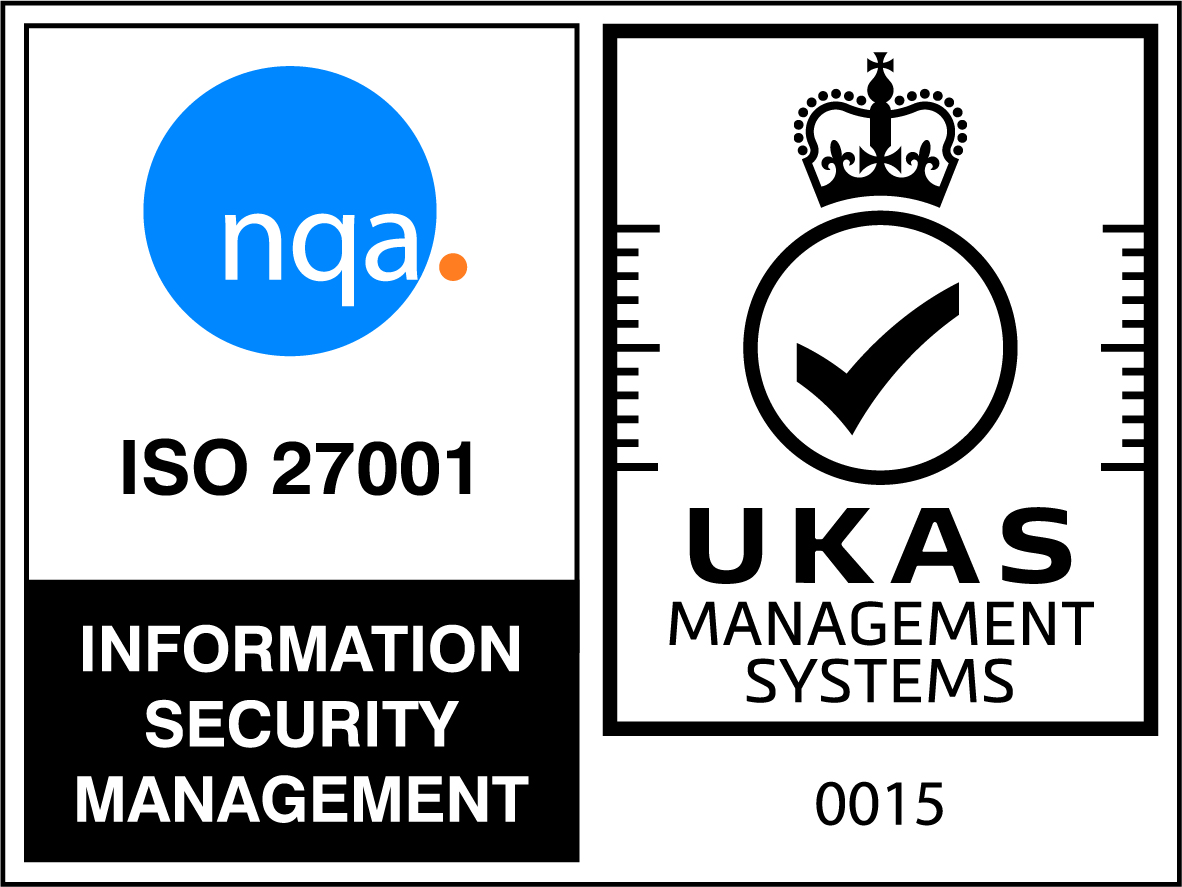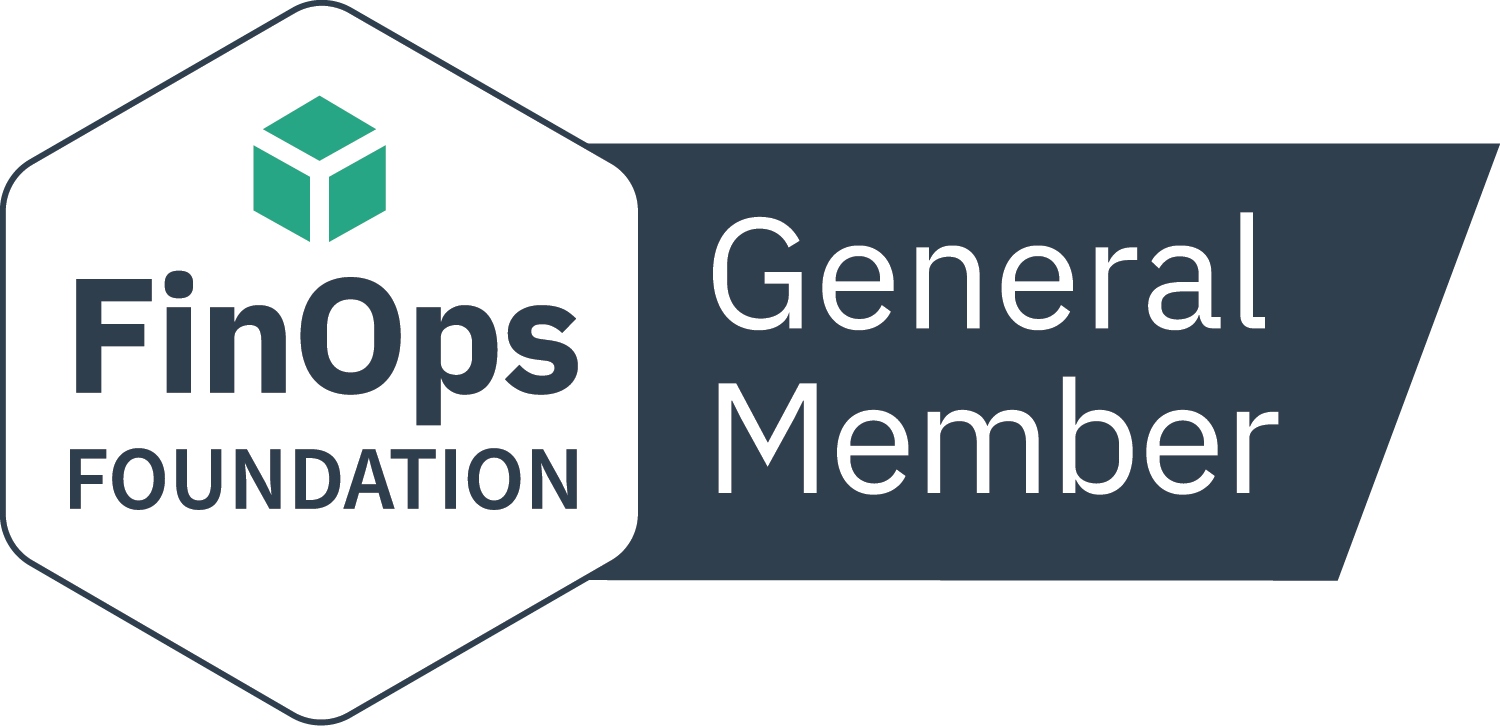Salesforce.com is one of the world’s most popular applications, but with 20-30% of cloud budgets wasted on unallocated, unused and under-utilized licenses, how can organizations reduce and control costs?
Based on extensive work undertaken by Certero, on average organizations waste 20-30% of their cloud budgets on unallocated, unused and under-utilized licenses. In almost all cases, this is caused by a lack of visibility into what cloud applications have been deployed across the IT estate, what those applications are used for, who is managing them and how much they cost.
The reason why many enterprises are in this position is an over eager desire to rush to the cloud. The attraction of the cloud is causing exponential growth in SaaS, PaaS and IaaS investments, with many organizations diving head-first into this brave new world without examining the hidden dangers of Shadow IT, Cloud Sprawl and Bill Shock.
What is Shadow IT, Cloud Sprawl and Bill Shock?
Shadow IT is one of the biggest hidden dangers for cloud adoption and can create significant security risks and cost control challenges. To help explain, Shadow IT is systems that exist within enterprises without explicit organizational approval, or applications specified and deployed by departments other than IT. The systems or applications deployed have been done so without the awareness of IT, who also do not or cannot support it.
Cloud Sprawl, on the other hand, usually occurs when an organization fails to adequately monitor and manage its cloud instances. It can also refer to the purchase and deployment of applications such as Salesforce.com, Office 365, G Suite and others, where user accounts are paid for but not used.
The culmination of Shadow IT and Cloud Sprawl is Bill Shock, which is when monthly or annual bills are received by the organization with unexpected charges or increases that have to be paid. In most cases, Bill Shock happens when employees within an organization sign up to cloud applications at significantly discounted rates, without following formal IT and/or procurement processes. At the point when the renewal is due, the amount owed dramatically increases. Bill Shock can also be caused by slow incremental increases in the cloud application’s user-base, the accumulation of unknown or unmanaged cloud instances, or increases in the consumption of resources within applications that lead to subscriptions being upgraded. What starts off as a small cost eventually grows wild, and within in a short space of time those costs spiral out of control. In some cases Bill Shock can be extreme and cost enterprises hundreds of thousands, if not millions. Multiply this across a number of cloud applications and the problem becomes a significant risk.
Managing Salesforce.com
Due to its extensive use across the globe, Salesforce.com is one cloud application in particular that is causing problems for many organizations. Like a garden without a gardener to cut the grass or prune the hedges, Salesforce.com instances are largely left unmanaged and grow wild in terms of users, data records, storage consumption and so on. As employees leave and new employees join, accounts are often not reallocated and organizations begin to collect unallocated, unused or under-utilized licenses and costs.
Similarly, admin users can install applications from the Salesforce.com AppExchange. These apps are often implemented over time without control, clogging the Salesforce.com instance with a sprawl of out dated, legacy applications. Organizations have many limits within their instance, such as number of API calls, data fields and so on. By adding new applications into Salesforce.com, some of these limits are in danger of being hit. For example, if API calls exceed the Salesforce determined limit, critical functionality stops working for 24 hours until the system is reset, which affects the management and integrity of the CRM data and can stop marketing automation and other processes from triggering.
Reducing and controlling applications and costs
To control cloud applications like Salesforce.com, organizations must maintain effective governance and real-time visibility of their cloud estate. However, the administration of policies and processes designed to support this are imperfect, which means things will always slip through the net. With Salesforce.com, employees will always install apps into the instance, subscribers will always exceed license limits and leavers’ licenses will not always get re-harvested.
The only way to reduce costs and gain control is through SaaS Management solutions such as Certero for SaaS, which enables organizations to automate the collation and presentation of data from cloud applications into one place. This gives organizations complete visibility and control over users, subscriptions, storage consumption, activities, usage, costs and more, helping to manage and control applications and reduce their costs.








